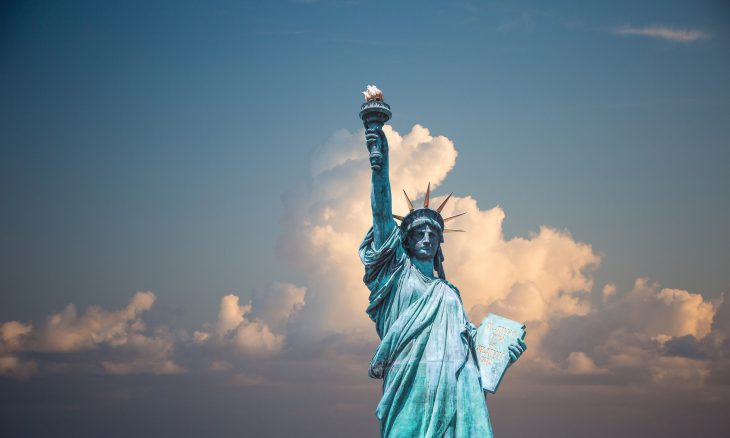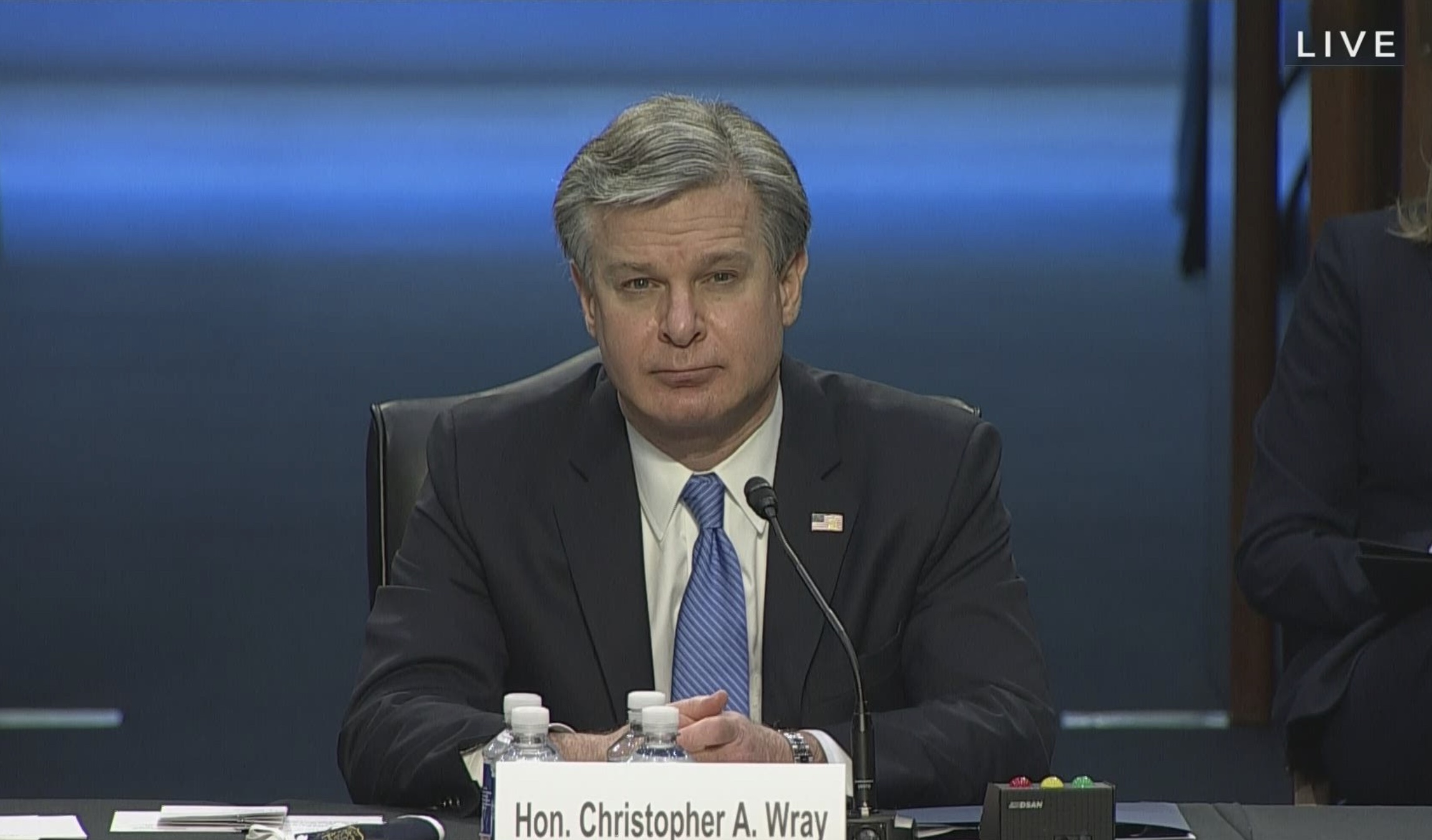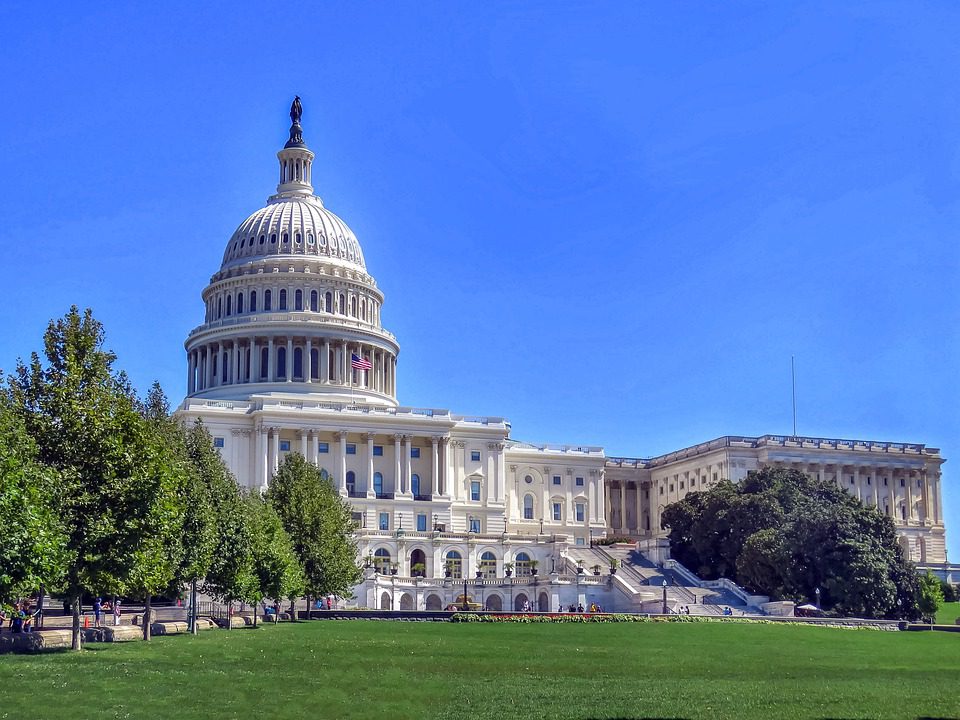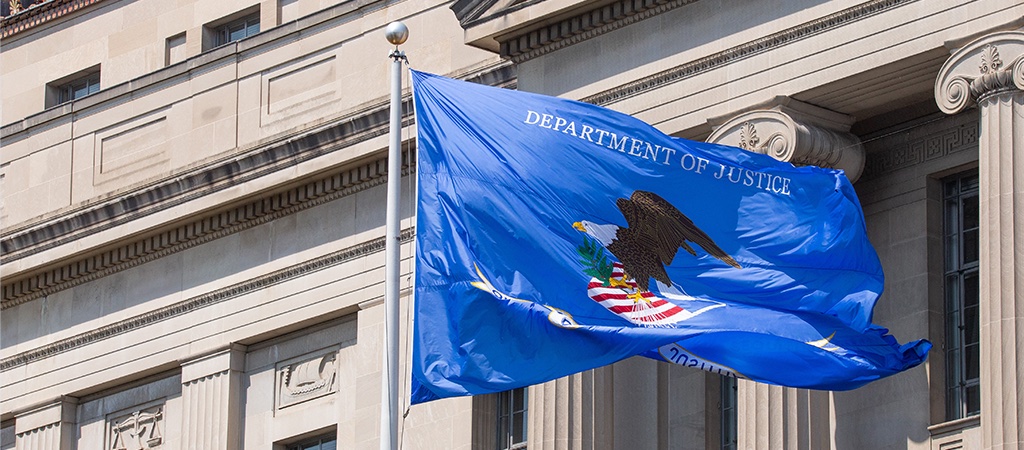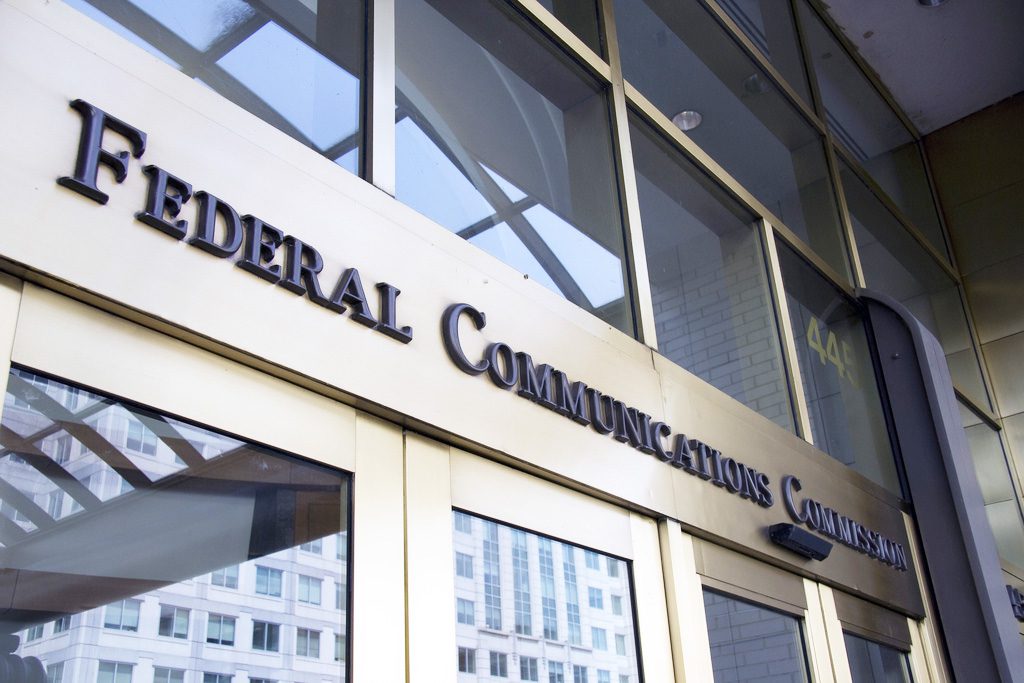This is the ninth of thirteen issues selected by our members and resulting from a nationwide faith and values study called Vital Signs.
Each week, we will cover a new topic with in-depth insights and biblical perspective in order to encourage, equip, and inspire praying Americans leading up to the 2020 Election.
Can we balance opportunity with stability and security?
Can ancient principles be applied to contemporary policies?
The idea of the “American Dream,” where anyone who works hard and has enough determination can achieve a better life, has been a factor in drawing people to the United States since its founding.
Nationals from around the world seek permanent residence in the United States through immigration. With the exception of a small percentage of Native Americans, most in the United States can trace their ancestry to immigrants who arrived from other countries. Population growth and cultural changes both come as a result of immigration.
In the 18th and early 19th centuries, immigration was relatively free and open, and migrants were rarely questioned until the late 1800s. Following the Civil War, some states passed immigration laws. In 1875, the Supreme Court declared the regulation of immigration to be a federal responsibility. As numbers increased, economic conditions worsened, and in the late 1880s, Congress began to pass immigration legislation.
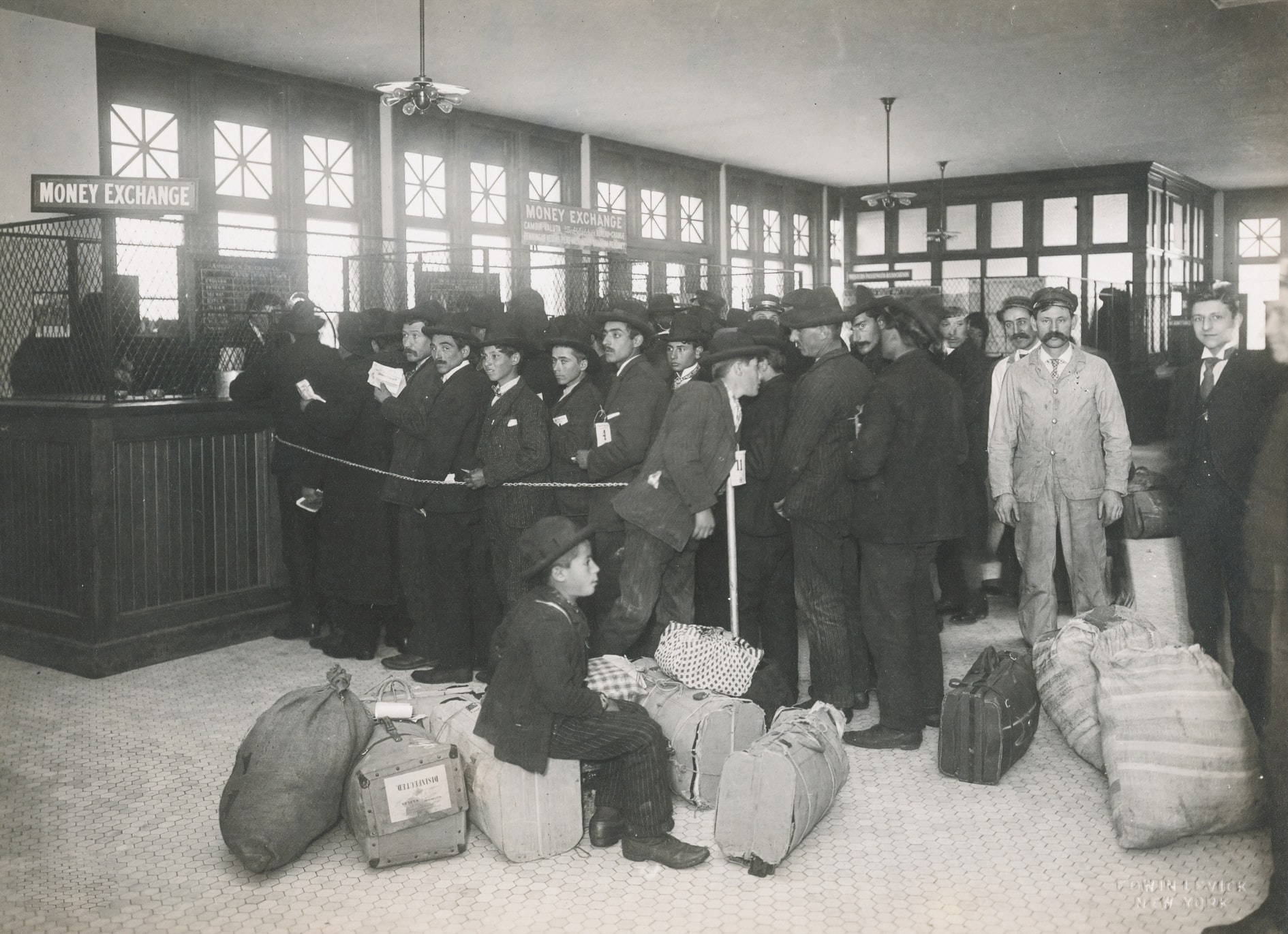
Early actions limited certain laborers from entry. The Immigration Act of 1882 levied a tax on each immigrant and blocked or excluded the entry of “idiots, lunatics, convicts, and persons likely to become a public charge.” The Immigration Act of 1891 expanded the list of excludable individuals, including polygamists, those lacking good morals, and others suffering “loathsome” or contagious diseases.
The well-known Ellis Island in New York Harbor opened in January 1892, and other ports for migrants were established.
Fast forward to today. Immigration is controlled by the Immigration Act of 1990 which limits the number of immigrants to 700,000 annually. It emphasizes family reunification and employment-related immigration. Laws cover asylum for refugees, military immigration, procedural matters, and illegal entry. During his administration, President Trump has signed executive orders on border security, interior enforcement, refugees, and visa holders from designated nations.
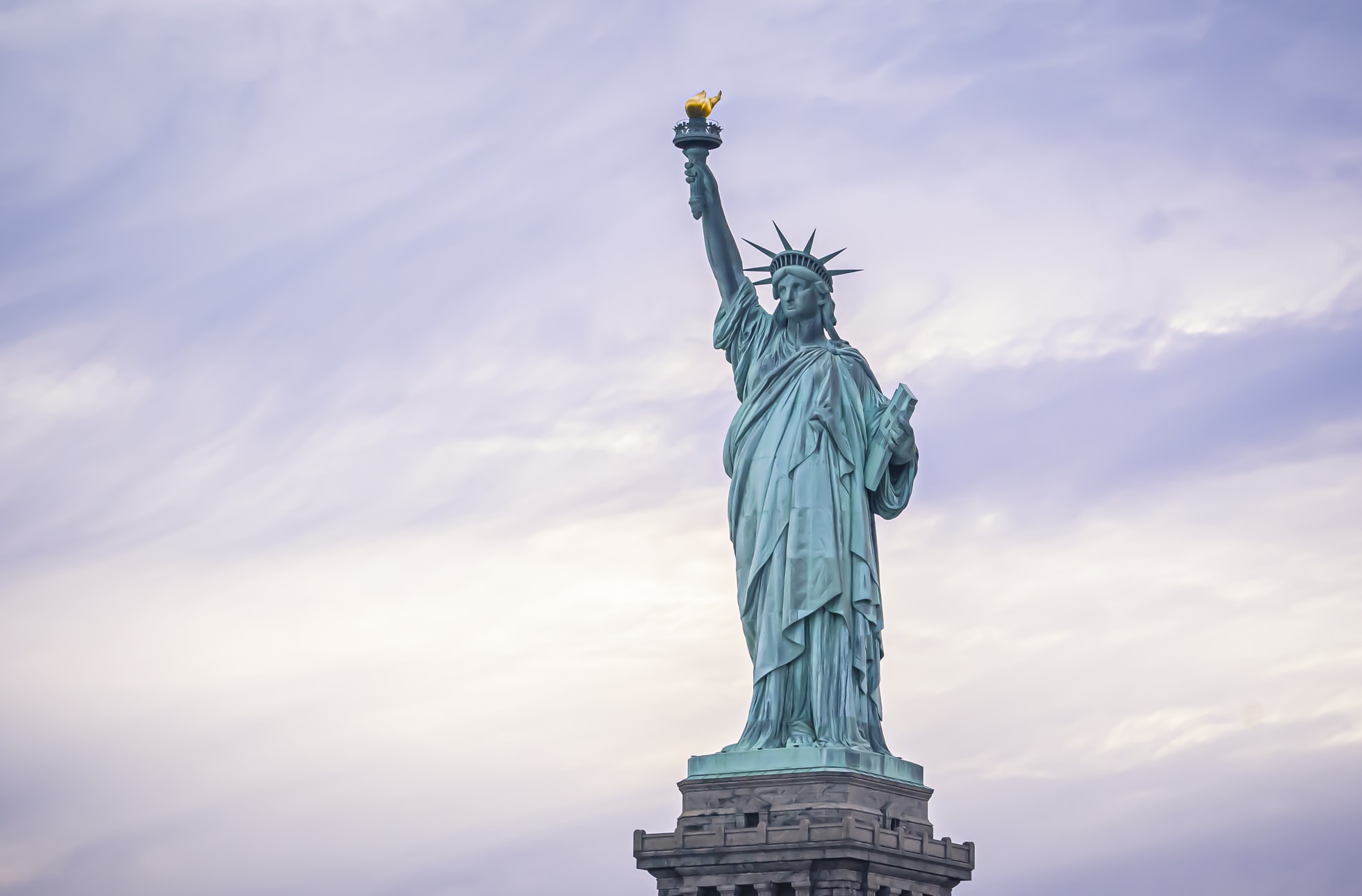
Is the segment of Emma Lazarus’ poem, “The New Colossus,” that is emblazoned on the Statue of Liberty that reads, “Give me your tired, your poor, your huddled masses yearning to breathe free, the wretched refuse of your teaming shore, send these, the homeless, tempest-tost to me, I lift my lamp beside the golden door” still applicable, appropriate or even relevant?
How Americans look at immigration today:
American opinions vary widely on issues of legal and illegal immigration. A study conducted in December 2019 addressed two key issues: what Americans think about immigration to the United States on the whole, and what they think about immigration to their local communities. Forty percent believe the U.S. admits the correct number of migrants into the country; the remainder are evenly split on thinking the U.S. lets in too many, or that the country should allow more. When asked about their own local communities, 52 percent said their number was about right, but between those who want less or want more, Americans slightly favored seeing more immigrants in their local communities. A higher percentage of younger adults favor an increase, while older adults tend to think things are about right on legal immigration.
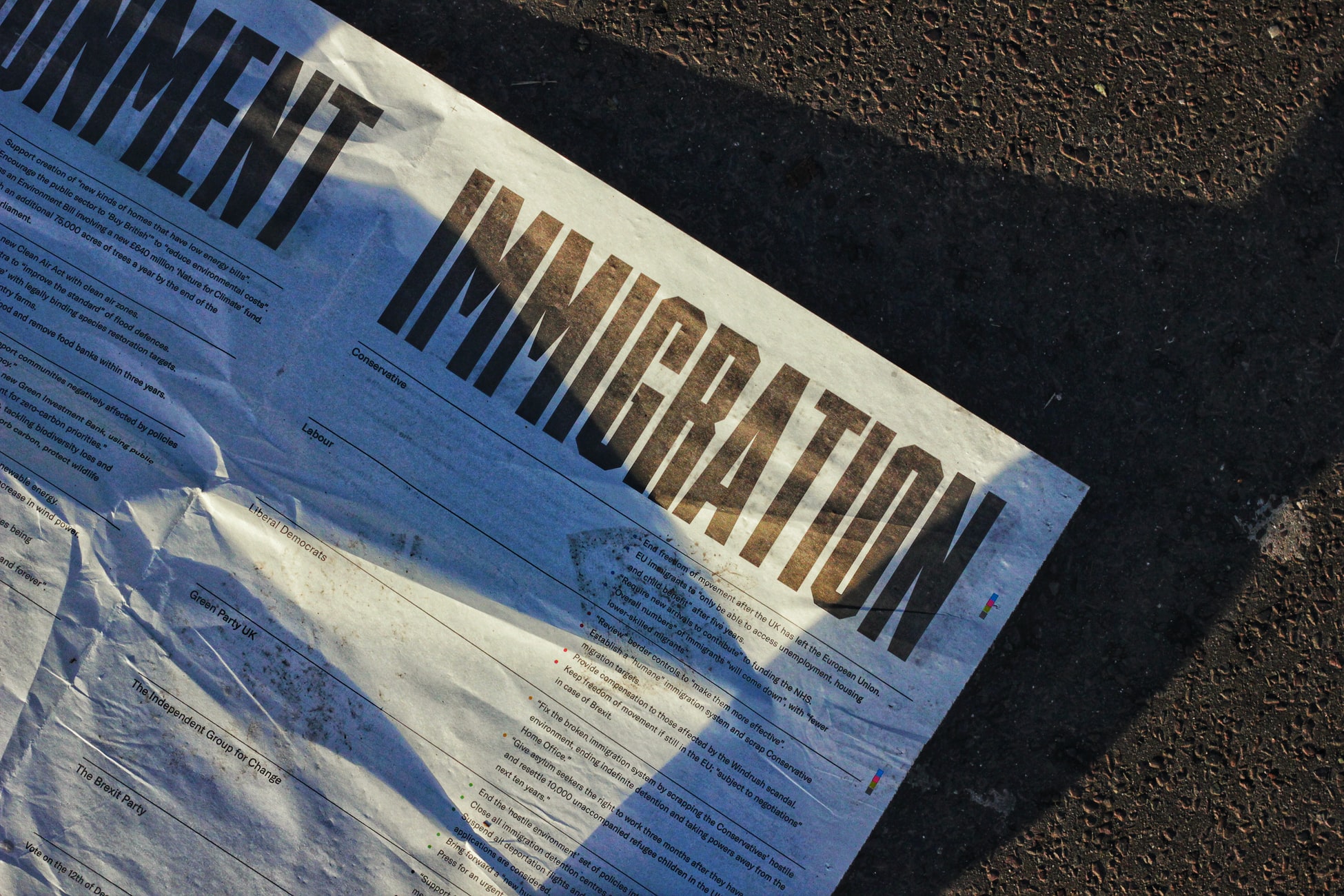
On illegal immigration, there is a sharp partisan disagreement over whether it is a major problem. Congressman Phil Roe of Tennessee wrote in his blog, “Illegal immigration is a serious threat to our national security, one that is very expensive and a burden to hardworking taxpayers. Furthermore, there is a national debate over what to do with the 12 million illegal immigrants in the country. Something needs to be done to solve this problem. The federal government needs a comprehensive solution to the problem of illegal immigration that starts with securing our borders.”
But on the matter of securing America’s borders, Speaker of the House of Representatives, Nancy Pelosi of California, called the construction of a border wall “immoral, ineffective, expensive,” and promised that Congress would never fund it.
Perhaps, as Congressman Roe and Speaker Pelosi suggested, the most tension-infused immigration issue of recent years has to do with the construction of a border wall meant to deter illegal immigration.
A stand-off between President Trump and members of Congress over how to address unauthorized immigration at the border, and in particular the building of the border wall, led to a partial shutdown of the federal government—the longest on record.
In a January 2019 survey reported by the Pew Foundation, a majority of Americans (55 percent) opposed substantially expanding the wall along the U.S.-Mexico border, while 40 percent supported doing so. Disagreement by people on both sides extended to the effectiveness of the wall. Yet 53 percent of Americans were more inclined to prefer politicians who stick to their positions than those who make compromises with people they disagree with—and more than two-thirds of Americans, 58 percent, say President Trump stands up for what he believes in.
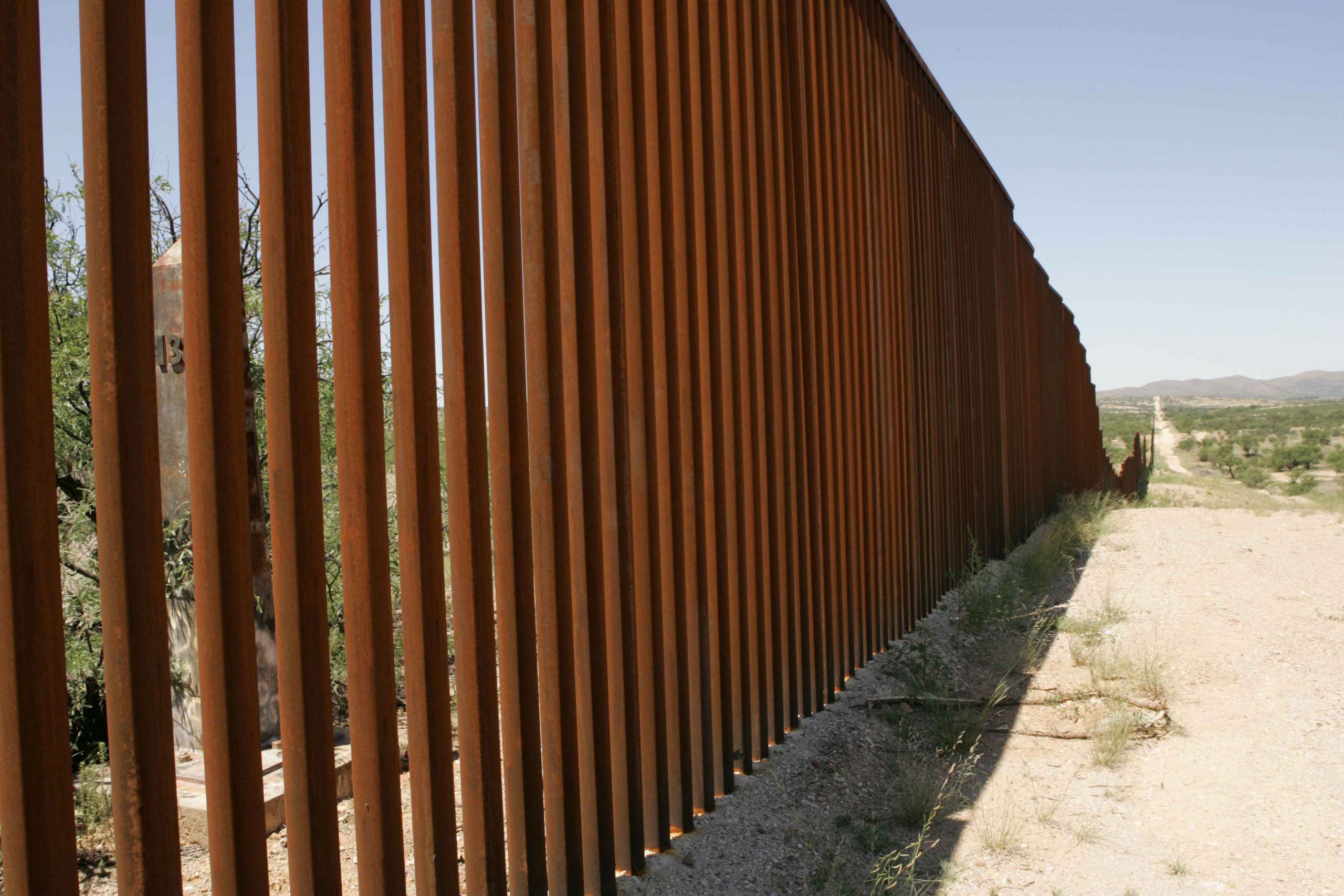
Some call a border wall harmful to the environment at the border, offensive to personal property rights, and a threat to the economic and social well-being of border communities.
Televised images of migrant caravans coming from Central America through Mexico to the nation’s southern border pointed to a singular important reason for having a border wall. Most of the migrants actually wanted to come to the country legally, but swarming the borders was not a polite way to make their requests, no matter how desperate.
In the eyes of their advocates, they are families and workers, taking jobs nobody else wants, staying out of trouble, here only to earn their way to better, safer lives for themselves and their children. But for others, they are pariahs, criminals who menace American neighborhoods, take American jobs, sap American resources, and exploit American generosity.
After Mexico, Guatemala, El Salvador, and Honduras, the largest number of unauthorized immigrants come from China (estimated at 268,000). They are collectively labeled with words like “illegal,” undocumented,” “aliens,” or “unauthorized.”
Apart from those who endured long journeys to make it across the border, there are a number of immigrants who arrived legally, but whose status puts them in the category of now being “illegal.” Such persons include those who overstayed their visas, including those who arrived on tourist, business, temporary worker permits, or student visas.
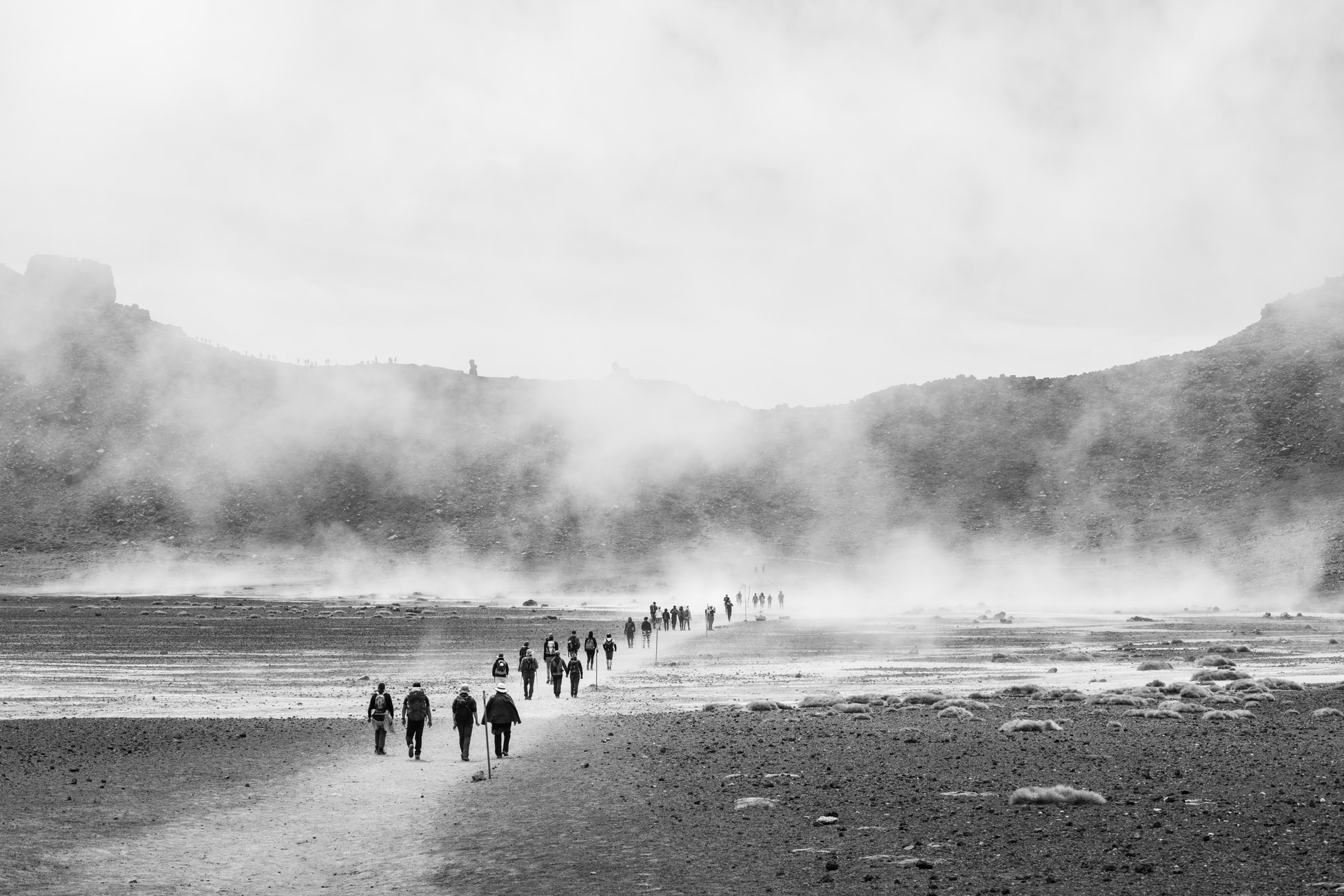
A June 2020 Pew Research report found that Americans broadly support legal status for immigrants brought to the U.S. illegally as children. At the end of 2019, about 649,000 immigrants have work permits and protection from deportation under the Deferred Action for Childhood Arrivals (DACA) program. Nearly all are from Latin America and the Caribbean. Those from Asia include South Korea, Philippines and India.
President Trump has sought to dismantle the DACA program, but in June 2020, the U.S. Supreme Court blocked his plans in a 5-4 decision of the justices. Chief Justice John Roberts wrote the opinion, and said, “We do not decide whether DACA or its recission are sound policies. The wisdom of those decisions is none of our concern. Here we address only whether the Administration complied with the procedural requirements in the law that insist on ‘a reasoned explanation for its action.’”
The “Dreamers” who are enrolled in the DACA program must now re-register for an extension of their status every year under an executive order issued in July 2020 by President Trump, and no further DACA applications are being accepted.
In an effort to act where they feel the Federal government has fallen short, cities, counties, and states across America have declared themselves to be sanctuaries. The Center for Immigration Studies reported in March 2020 there are more than 500 such municipalities. Their local statutes and guidelines provide that agencies like U.S. Immigration and Customs Enforcement (ICE) cannot even enter to detain criminal elements.
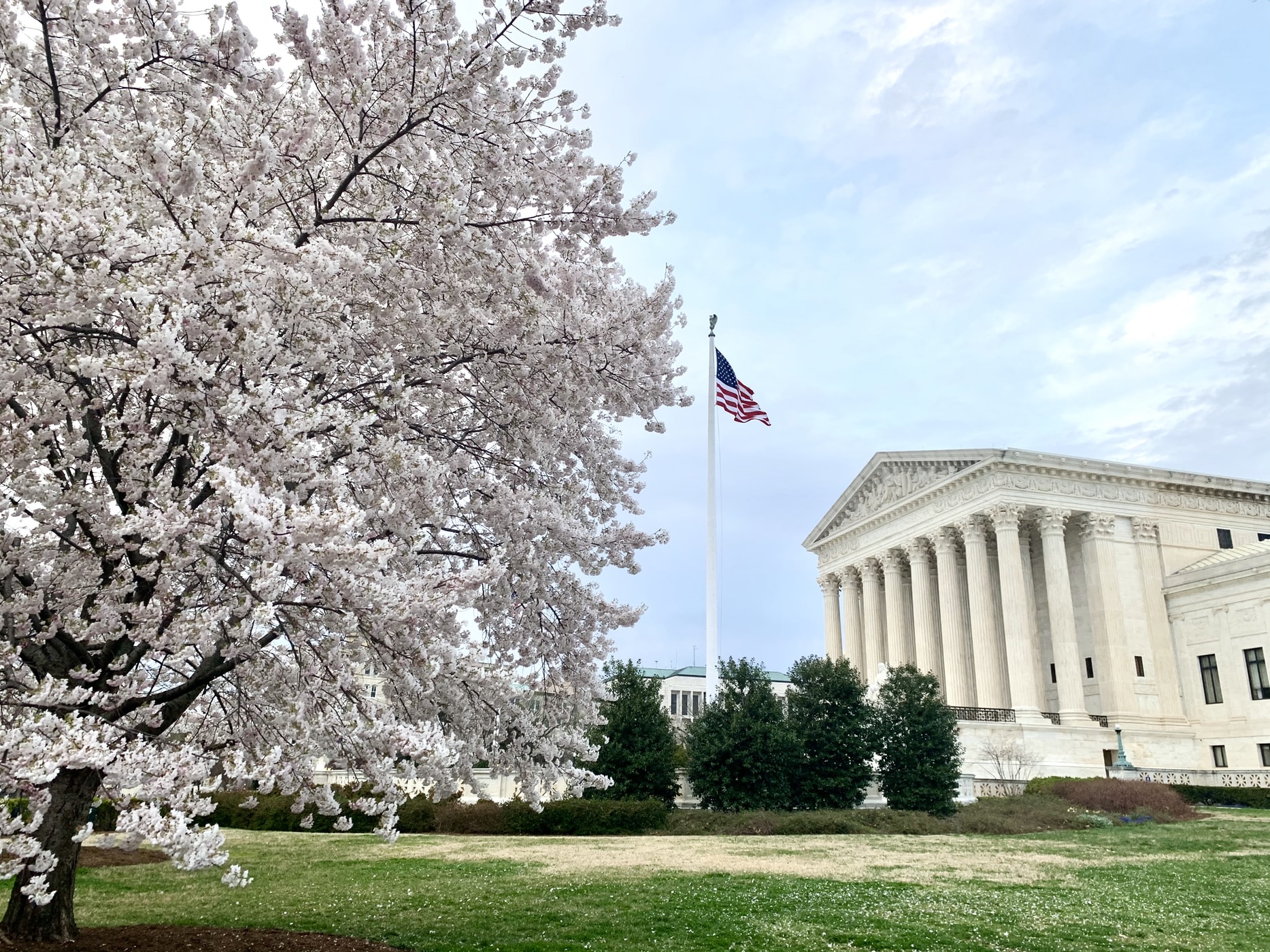
Federal courts have ruled that federal funding cannot be withheld from sanctuary jurisdictions, and on June 15, 2020, the U.S. Supreme Court declined to hear the appeal of the president’s administration that challenged the California sanctuary policy.
In that same Pew Research study of June 2020 mentioned above, they found most Americans favor a pathway to legal status for all undocumented immigrants—not just those who arrived as children—so that they might stay in the country legally, work and pay their taxes, and be productive and responsible members of American society.
A Brookings report from January 2020 projected that in little more than a decade immigration will change the nation’s future population size, its race-ethnic make-up, and its age structure.
No matter the immigration scenario employed, diversity will continue to rise, with America becoming less “European” in favor of a greater racially diverse population. The natural birth-to-death ratio will also fuel that change.
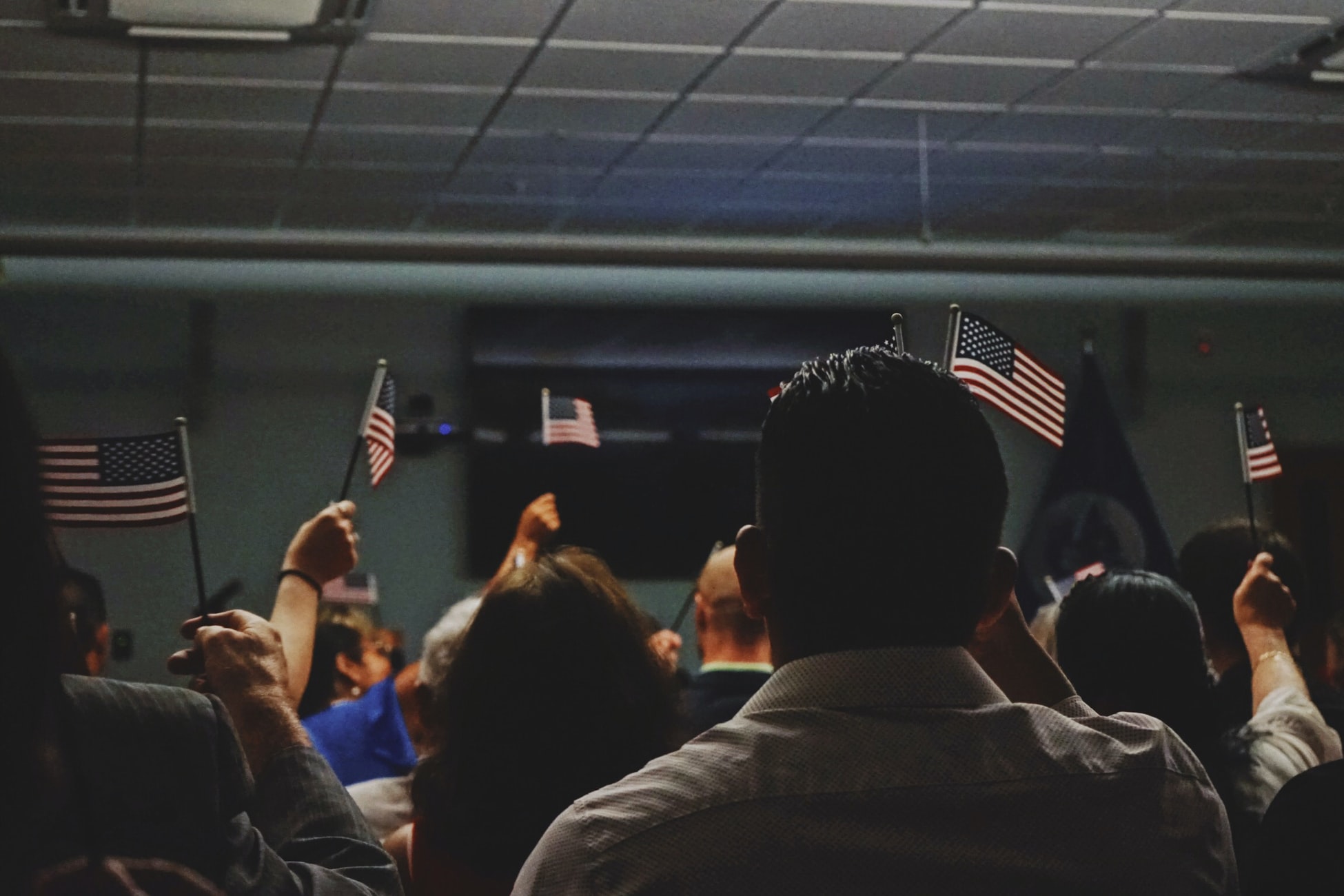
Although lawmakers on both sides of the political aisle and members of the president’s administration have called for “comprehensive immigration reform,” none of them has worked on real recommendations that will get legislation moving. A combination of compassion and protecting national security is a balance no one can seem to strike. In a sermon, Dr. David Jeremiah said, “There’s a lot of wonderful things that are happening in America because of all the differences in the peoples that come. We live in a cosmopolitan world. We shouldn’t be upset about that. We should rejoice that God has given us that privilege. The potential of immigration is incredible. But let’s be honest, this is… about reality, about truth. And not everything about immigration is easy.”
What the Bible to say:
It is not surprising that the Bible has been both used and abused by those discussing immigration as a matter of public policy.
Leviticus 19:33 is often cited in defense of the illegal person. “When a stranger sojourns with you in your land, you shall not do him wrong.”
In the time of ancient Israel, nations small and large had clearly recognizable borders, typically marked by natural features like rivers, valleys or mountain ranges, much as they are today. Wars then, like now, were often fought over borders and frontiers. National sovereignties were expected to be respected. When the Israelites left Sinai, they needed to pass through Edom, and the account in Numbers 20:14-21 shows them seeking permission to pass through the land. The Edomites refused their request, and sent out their army to assure the Israelites did not enter their territory. It is clear that foreigners had to obtain a permit to enter another land.

Scholars and commentary writers have disagreed about the meanings of the “sojourner” and “stranger.” The International Standard Bible Encyclopedia as well as the Oxford Bibliographies say the Hebrew word for “sojourner” is ger and means a temporary dweller in the land—neither native nor foreigner nor slave, but one who has the protection of the family or tribe in which he or she dwells. The sojourner would accept the customs, rituals and practices of the people he was dwelling among.
Leviticus 24:22 says, “You shall have the same rule for the sojourner and for the native, for I am the Lord your God.”
God definitely wanted His people to not be like those around them in the treatment of the sojourner. As it says in Ezekiel 22:29, “The people of the land have practiced extortion and committed robbery. They have oppressed the poor and needy, and have extorted from the sojourner without justice.”
Psalm 146:9 says, “The Lord watches over the sojourners.”
The stranger, according to Hastings Dictionary of the New Testament, which also discussed the Old Testament definitions, suggests that the stranger is distinguished from the sojourner, and does not necessarily relinquish his own beliefs in favor of those among whom he is present. Strangers might also not be “dwellers” but merely visitors or travelers.
Exodus 12:48 says, “If a stranger shall sojourn with you and would keep the Passover to the Lord, let all his males be circumcised. Then he may come near and keep it; he shall be as a native of the land. But no uncircumcised person shall eat of it.”
In the Old Testament, God was protective over Israel, and often urged them not to mix with others who could draw them away from the Lord and to idols—something they fell into, anyway.
The New Testament continues God’s desire that those who love Him have an obligation to treat strangers with dignity and hospitality.
In Matthew 25:31-40, Jesus is sitting in judgment, and tells those accepted, “For I was hungry and you gave me food, I was thirsty and you gave me drink, I was a stranger and you welcomed me.” When asked when that happened, Jesus replied, “Truly, I say to you, as you did it to one of the least of these my brothers, you did it to me.”

When Jesus said, “Love your neighbor as yourself,” He referred to people you know… neighbors in a conventional sense… but also people you don’t know.
In Numbers 35:11-15, God provided for “cities of refuge” where a person who had killed someone accidentally could flee and be protected from excessive retribution and have the case heard by an impartial judge. The Biblical practice of sanctuary was to protect the offender from vigilante justice and guarantee a fair trial. Sanctuary was never intended as a place to avoid the law and the consequences of criminal behavior, but to allow the law to take its proper course.
Applying Biblical principles to contemporary issues and matters of policy, like building a border wall for example, is less than clear, and believers have taken both sides. But it would appear that the principles regarding welcoming the stranger are broad-reaching and unambiguous… for those who, if Old Testament rules are applied, would seek to conform to the American culture and become “as a native” in their adopted land.
In Acts 17:26-27, Paul says, “And he [God] made from one man every nation of mankind to live on all the face of the earth, having determined allotted periods and the boundaries of their dwelling places, that they should seek God.” From this you can deduce that God is not a globalist — He is a nationalist. He loves every nation, but He has also set out their boundaries. God also made all mankind in His image.
Remember, too, the Apostle Paul was quite emphatic in commanding Christians to obey government’s laws. Romans 13:1-2 says, “Let every person be subject to the governing authorities. For there is no authority except from God, and those that exist have been instituted by God. Therefore, whoever resists the authorities resists what God has appointed, and those who resist will incur judgment.”
PRAYER POINTS
- Pray for administration officials and Congress to begin discussions of a comprehensive reform of America’s immigration laws.
- Pray for compassion for both the sojourner and the stranger whose desires to come to the United States are right and lawful.
- Pray for those who work at America’s borders, the Customs and Border Protection agents, the workers dealing with visa processing, and others whose work is tedious and often thankless.
- Pray for agents and officers with Immigration and Customs Enforcement who must detain and engage actions to deport individuals for numerous reasons.
- Pray for immigration judges to have a balance of compassion and discernment when it comes to claims for asylum and other reasons for claiming entry into the United States.
- Pray for the “Dreamers” whose status is in limbo, even as the administration revises its plans to address the program more in conformity with the ruling of the Supreme Court.




